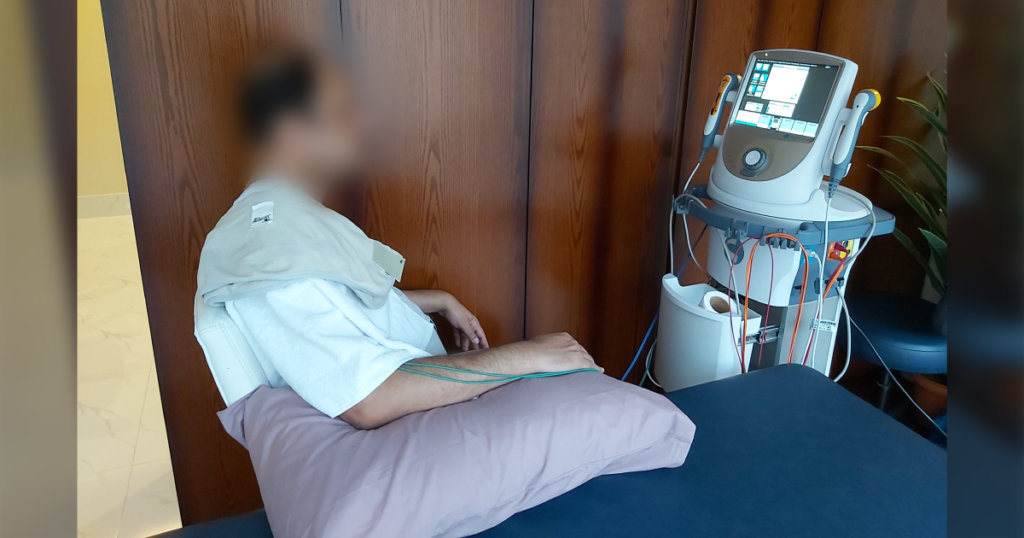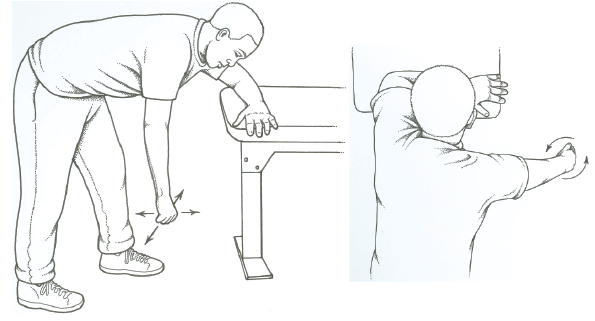Visit our Location
Hoque Plaza, Gulshan - 1Opening Hours
Thu - Tue: 10 AM - 9 PMFrozen Shoulder Treatment in Dhaka

Frozen shoulder, also known as adhesive capsulitis, is characterized by restriction of both active and passive shoulder motion without any known intrinsic shoulder disorders. Frozen shoulder patients typically experience insidious onset of shoulder stiffness, severe pain that usually worsens at night and have near-complete loss of passive and active external rotation of the shoulder. The condition typically progresses through three stages.
Stage I: Moving the shoulder is painful,
Stage II: Pain subsides but the shoulder becomes stiffer and more difficult to move,
stage III: The stiffness decreases and the shoulder range of motion gradually returns.
It is unclear what might cause frozen shoulders but people with diabetes, thyroid problems or having past shoulder injury, surgery, or sedentary lifestyle are at an increased risk for developing frozen shoulders. It is very important to have a careful and thorough assessment because frozen shoulder is often misdiagnosed as a rotator cuff tear/tendinopathy, and people who have rotator cuff syndrome often are told they have frozen shoulder. Thus, it is crucial that patients who are thought to have either conditions are evaluated appropriately to ensure an accurate diagnosis and proper treatment.

Physical therapy treatment is considered the mainstay, first line of treatment for frozen shoulders. Physical therapy treatment is effective in reducing pain, and restoring functional range of motion. Combining NSAIDS or other intra-articular corticosteroids used in combination with physiotherapy resulted in better outcomes compared to only intra-articular corticosteroids because corticosteroid alone does nothing to improve range of motion, and functional ability.
Some gentle exercises that can be done in the initial painful stage at home to relief pain, and slow down the progression of loss of motions are given below:


Pendulum circle (codman’s):
Lean forward and support your body weight with your unaffected arm on a stable surface (countertop, table, etc). As you lean forward, let gravity allow your affected arm to hang freely with no pain. Begin gentle, small circles in the clockwise direction with your affected arm then repeat in the counterclockwise direction. Do 10x in each direction, 2-3x a day.
2. Towel stretch
Gently pull up your affected arm behind your back with the assist of a towel. Hold this as a stretch, then lower back down and repeat.
Hold the stretch for 10-15 sec, repeat 3-5 times. Perform 2-3 days a day.
3. Finger Walk:
Place your affected hand on the wall with the palm facing the wall. Next, walk your fingers up the wall towards overhead. Lastly, slide your hand back down the wall to the starting position.
